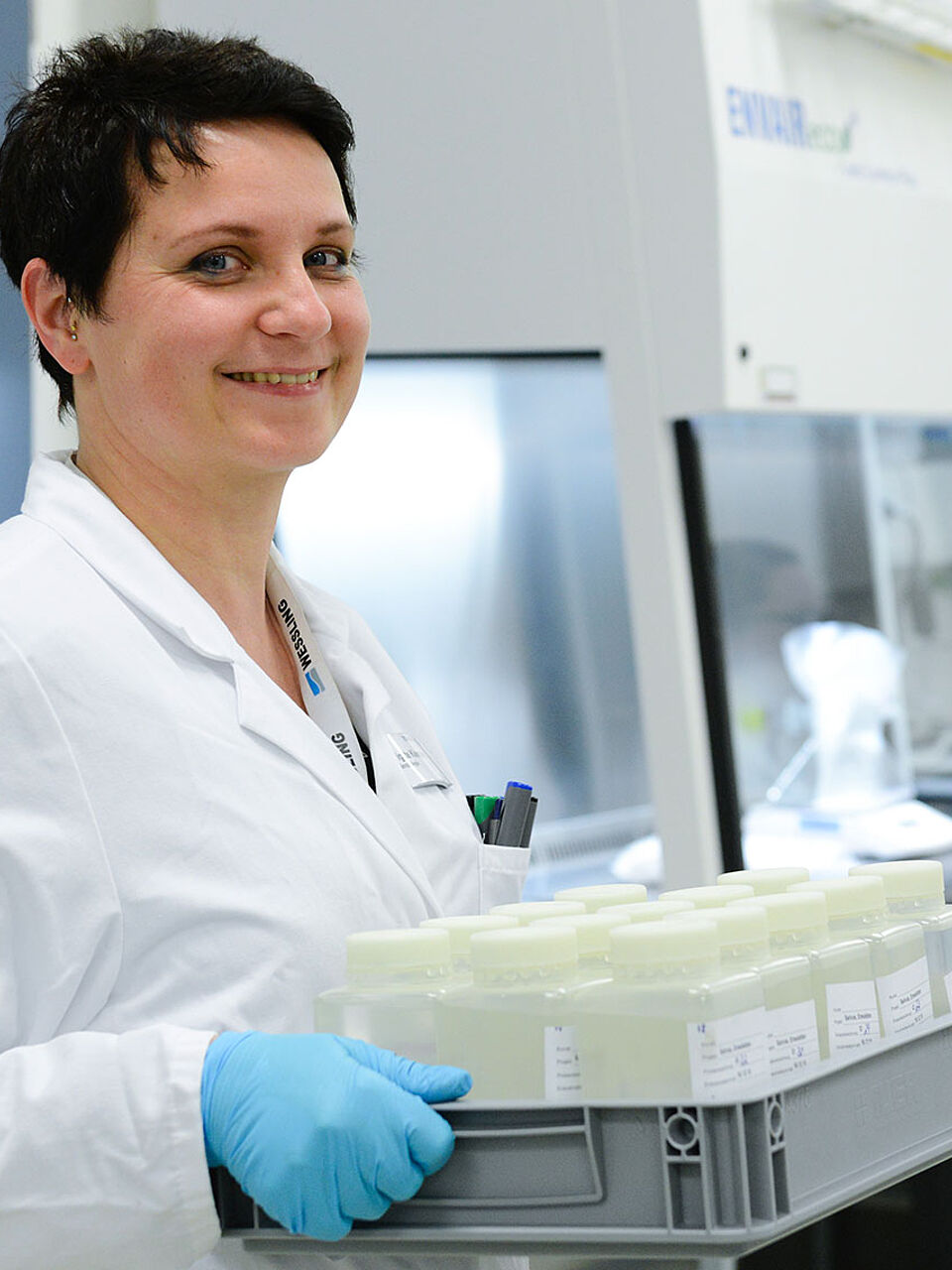
Analysis of heavy metals in food
WESSLING France can carry out regulatory testing for the main heavy metals: lead, arsenic, mercury and cadmium.
Why measure heavy metals in food products?
Heavy metals, or metallic trace elements, are inorganic contaminants whose maximum levels in foodstuffs are specified in EU regulation no. 2021/1317. Their presence in water, soil and certain plants is partly due to human activity. They are propagated in our environment via meteorological phenomena. Thus, via the food chain, these heavy metals can also be found in high concentrations in meats, especially fish.
It's important to monitor the presence of heavy metals in our diet, because even if they are naturally present around us, these trace metals can be a source of serious pathologies for humans.
Characteristics of heavy metals analyzed
Arsenic
Arsenic is a metalloid of natural (average 2 mg/kg in the earth's crust) or anthropogenic origin that is widely distributed in the environment, where it is present in both inorganic (Asi) and organic (found in foodstuffs in particular) forms. Inorganic arsenic is classified as Group 1 (carcinogenic to humans) by the International Agency for Research on Cancer (IARC).
ANSES recommends stepping up its monitoring in alcoholic beverages, fish and seafood, and vegetables and vegetable products.
Cadmium
Cadmium is a ubiquitous metallic trace element, naturally present in the environment at low concentrations, but also at higher levels in certain sites due to human activities (industrial, tobacco smoke, etc.).
ANSES recommends :
- strengthen its monitoring of alcoholic beverages, fish and seafood, and vegetables and vegetable-based products
- assess the relevance of introducing regulations for the following categories:
- Cereals and cereal products: flours and semolinas, cereal flakes and fine bakery products,
- Fruit and fruit-based products: olives, dried fruit and canned or stewed fruit,
- Sugars and confectionery: chocolate products, candies, molasses and honey.
Lead
Lead is a ubiquitous metal naturally present in the earth's crust (10 mg/kg on average). Its intensive use by man (mining and industrial activities, plumbing, paints, etc.) is responsible for its high dispersion in the environment and its persistence, despite the ban on its use in automotive gasoline since the late 1990s, and its gradual reduction in water pipes and paints.
ANSES recommends
- reinforce its monitoring, particularly in alcoholic beverages, fish and seafood, and vegetables and vegetable-based products
- assess the relevance of introducing regulations for the following categories:
- Cereals and cereal products: flours and semolinas, cereal flakes and fine bakery products,
- Fruit and fruit-based products: olives, dried fruit and canned or stewed fruit,
- Vegetables and vegetable-based products (including mushrooms, coffee, cocoa and seaweed),
- Meat and meat products (including edible offal) for game meat,
- Fish and seafood, especially mollusks.
Mercure
Le Mercure est un élément métallique naturellement présent dans la croûte terrestre (0,02 mg/kg) et plus généralement dans l’environnement. Il peut être inorganique ou organique principalement sous forme de méthylmercure, qui se concentre fortement dans la chaîne alimentaire par bioaccumulation. La consommation d’aliments contaminés reste l’une des principales origines du mercure dans la population générale (EFSA 2012). Le méthylmercure est classé cancérogène possible pour l'humain par le CIRC (groupe 2B) (IARC 1993).
L’ANSES recommande de renforcer sa surveillance en particulier dans les boissons alcoolisées, poissons et fruits de mer et légumes et produits à base de légumes.
*Source : rapport de l’ANSES - Optimisation de la surveillance de la contamination chimique des aliments (décembre 2019)
Your dedicated contact for heavy metals analysis
- Léna Soukharevskoff
- +33 6 28 25 30 98
- lena.soukharevskoff@wessling.fr

